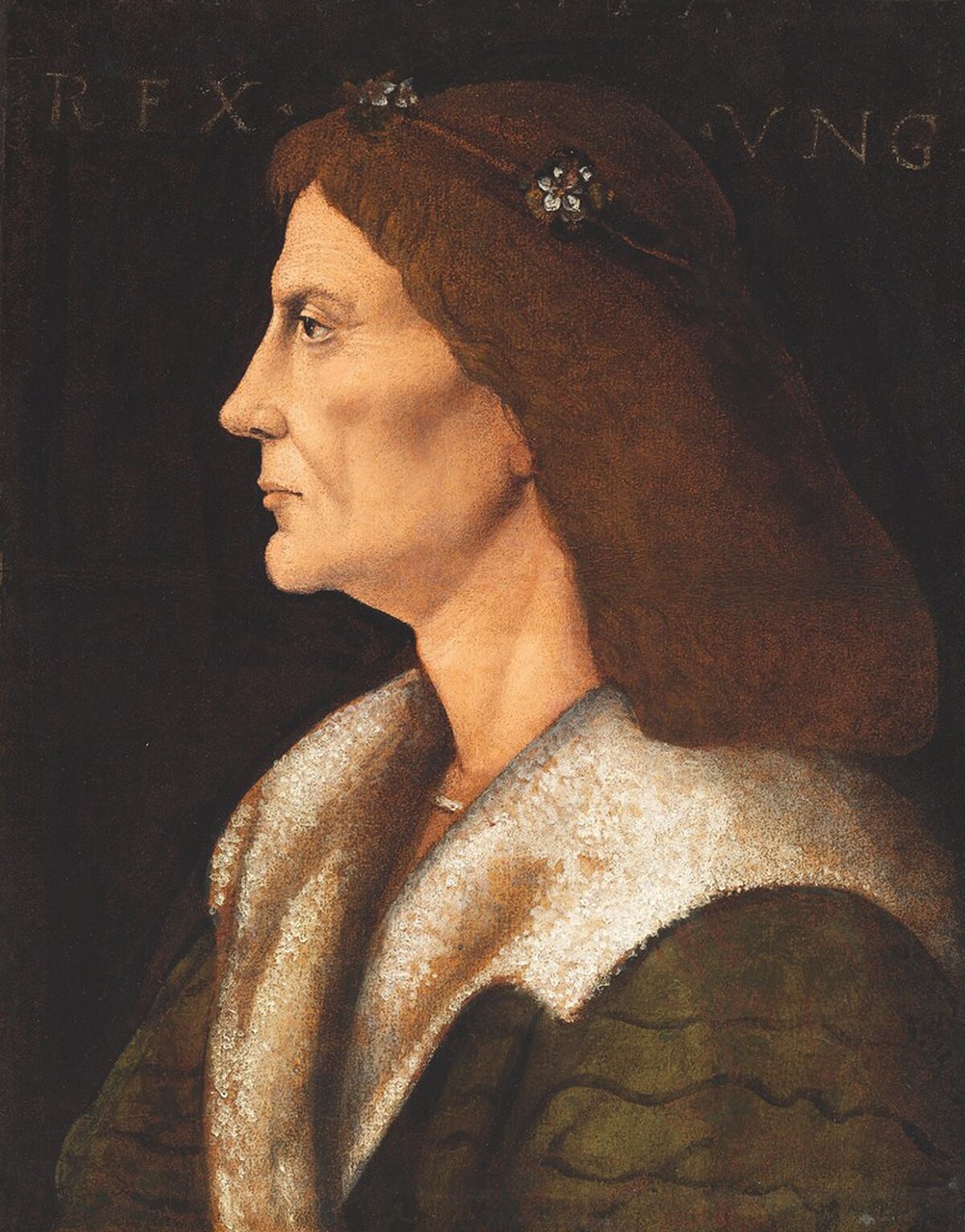
Reign of Matthias Corvinus
HungaryKing Matthias waged wars against the Czech mercenaries who dominated Upper Hungary (today parts of Slovakia and Northern Hungary) and against Frederick III, Holy Roman Emperor, who claimed Hungary for himself. In this period, the Ottoman Empire conquered Serbia and Bosnia, terminating the zone of buffer states along the southern frontiers of the Kingdom of Hungary. Matthias signed a peace treaty with Frederick III in 1463, acknowledging the Emperor's right to style himself King of Hungary.
Matthias introduced new taxes and regularly set taxation at extraordinary levels. These measures caused a rebellion in Transylvania in 1467, but he subdued the rebels. The next year, Matthias declared war on George of Poděbrady, the Hussite King of Bohemia, and conquered Moravia, Silesia, and Lausitz, but he could not occupy Bohemia proper. The Catholic Estates proclaimed him King of Bohemia on 3 May 1469, but the Hussite lords refused to yield to him even after the death of their leader George of Poděbrady in 1471.
Matthias established one of the earliest professional standing armies of medieval Europe (the Black Army of Hungary), reformed the administration of justice, reduced the power of the barons, and promoted the careers of talented individuals chosen for their abilities rather than their social statuses. Matthias patronized art and science; his royal library, the Bibliotheca Corviniana, was one of the largest collections of books in Europe. With his patronage, Hungary became the first country to embrace the Renaissance from Italy. As Matthias the Just, the monarch who wandered among his subjects in disguise, he remains a popular hero of Hungarian and Slovak folk tales.
Ask Herodotus
HistoryMaps Shop

Heroes of the American Revolution Painting
Explore the rich history of the American Revolution through this captivating painting of the Continental Army. Perfect for history enthusiasts and art collectors, this piece brings to life the bravery and struggles of early American soldiers.








